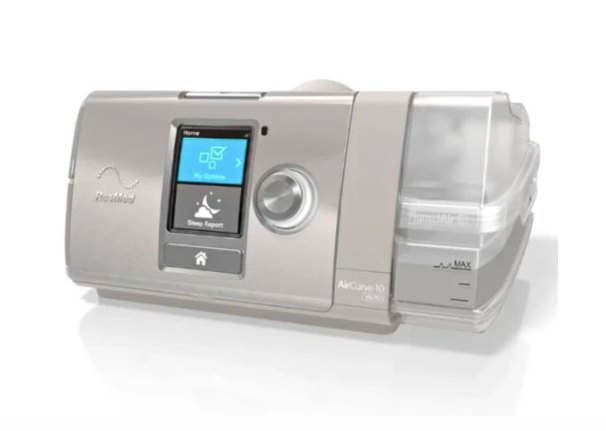
BiPAP: What Is This Form Of Sleep Apnea Therapy?
With so many acronyms when it comes to sleep apnea treatment, we wouldn’t blame you for being a little curious as to what they all stand for. Many OSA and CSA patients have heard of CPAP therapy as being the gold standard for sleep apnea therapy but there are also many other forms of treatment. BiPAP therapy is just one of them.
BiPAP Therapy: What Is It?
Bilevel positive airway pressure (BiPAP) therapy is often prescribed by sleep professionals for the treatment of respiratory issues such as obstructive sleep apnea (OSA) and chronic obstructive pulmonary disease (COPD). These PAP machines are highly sophisticated and unique in the way that they treat sleep disorders. However, they are not the right course of treatment for everyone. Only pursue this form of therapy if you have been prescribed to do so.
Unlike CPAP therapy, this form of sleep apnea therapy alternates the pressure levels delivered to a patient depending on their needs while they are sleeping.
The term BiPAP itself is actually a trademarked brand name created by the manufacturer, Philips Respironics for a particular product. This kind of PAP machine is considered easy to operate and is known as being a non-invasive ventilation machine. Created in the early 1990s, it is often considered as an alternative form of apnea therapy for those who can’t adjust to CPAP.
How Does BiPAP Therapy Work?
You will notice that many of the components of a BiPAP machine are the exact same as a standard CPAP model. It includes a face mask, tubing and a motorized machine. By appearance alone, there doesn’t seem to be many tell-tale differences between these PAP machines.
The difference lies in how the machine delivers pressure. Bilevel or BiPAP therapy machines provide patients with two different pressure settings. These are inspiratory positive airway pressure (IPAP) and expiratory positive airway pressure (EPAP).
EPAP is used on exhalation as it is a lower pressure level and allows you to breathe out more comfortably. On the other hand, IPAP which is set at a higher pressure helps to support breath when inhaling. This dual pressure function follows a patient’s natural breathing pattern providing them with comfort and ensuring that airways stay open during sleep.
Since the pressure levels are not automatic, they will need to be monitored and adjusted. Your sleep physician will provide you with a prescription for recommended IPAP and EPAP pressure levels. These pressure levels will be set by your BiPAP machine vendor.
What Are The Pros And Cons Of Using This Form Of PAP Machine
As with all forms of sleep apnea treatment, there will be pros and cons associated with the use of particular machines. Below, we talk about the most common pros and cons that BiPAP machines are known for.
Pros of BiPAP
- Good For Those With Breathing Restrictions: If you are a patient that has breathing restrictions, you may find that you have trouble getting enough oxygen and exhaling the optimal amount of CO2. The dual airway pressure levels of a BiPAP machine support on each inhale and exhale, ensuring an optimal natural breathing pattern while you sleep.
- Makes Exhaling Easier: Unlike CPAP which provides a constant level of airway pressure, a BiPAP machine is ideal for those who find exhaling against a higher level of airway pressure difficult. Many patients find exhaling using a BiPAP machine to be more comfortable and less taxing.
- Great Travel PAP Machine: BiPAP machines are also great if you travel a lot. The machines are lightweight and come in various different sizes meaning you can comfortably take it along with you for any overnight stays.
Cons of BiPAP
Similar to a CPAP mask and machine, BiPAP therapy also has a few cons that some patients may experience. However, it is good to note that many of these cons can be easily managed with the right advice.
One of the most common problems that BiPAP users may face is that of nasal dryness. Similarly to the CPAP problems that we discussed in a previous blog post, any form of sleep apnea therapy that requires you to wear a mask can cause discomfort in the nasal area. As air pressure is flowing through the nasal passageway, the cold air can dry out this area.
As a form of sleep apnea treatment, bilevel therapy has been very successful for those patients that were prescribed a BiPAP machine by their sleep physician. If you are interested in learning more about BiPAP therapy or you have been prescribed to purchase a BiPAP machine, our PAP machine experts are available to answer your questions.

Leave a comment